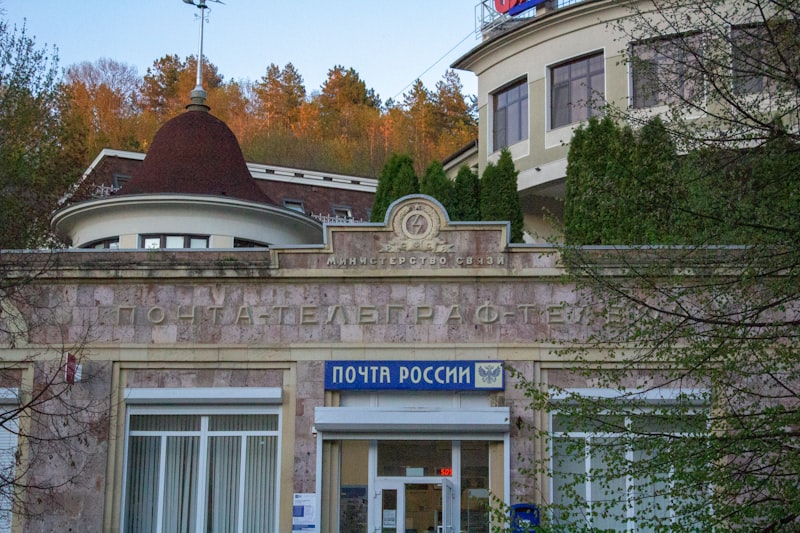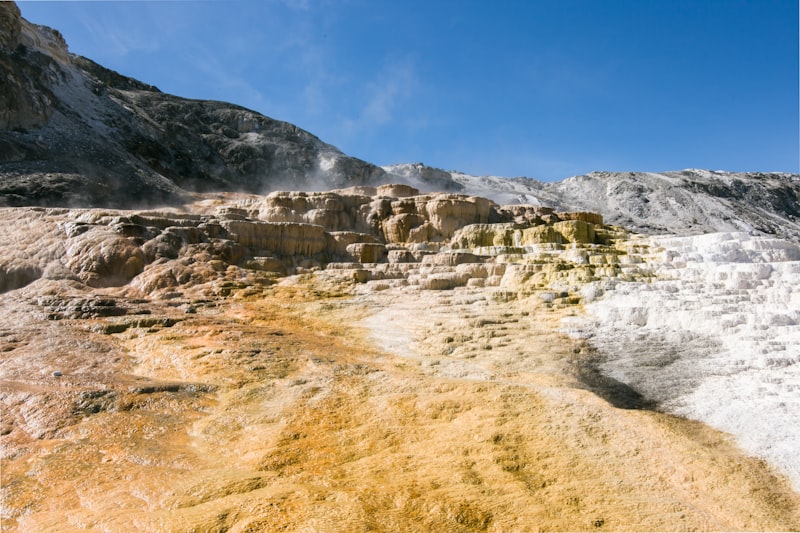When it comes to adding timeless elegance and natural beauty to your home, travertine stands out as a top choice for flooring and decor enthusiasts alike. This unique stone, formed over centuries by mineral deposits from hot springs, offers more than just durability—it’s a statement of luxury that transforms any space into a sanctuary of sophistication.


What sets travertine apart from other materials like marble or granite is its distinct porous texture, which gives it a rustic yet refined appearance. Imagine walking into a room adorned with travertine floors that exude warmth and character, reminiscent of ancient Roman villas where this stone was first widely used.
One of the most fascinating aspects of travertine is its versatility. It comes in various finishes, from polished to brushed or tumbled, each offering a different aesthetic appeal and texture. Whether you prefer a sleek, glossy look for a modern kitchen or a more textured, matte finish for a cozy living room, travertine can adapt to complement any design vision.
But it’s not just about looks—travertine is also celebrated for its practical benefits. It’s naturally resistant to heat, making it ideal for areas like kitchens where spills and hot pans are common. Its unique composition makes it less prone to cracking compared to other stones, ensuring your investment in travertine pays off in longevity and minimal maintenance.
From a sustainability standpoint, travertine is a winner too. Being a natural stone, it doesn’t undergo chemical processing like some synthetic materials, making it an eco-friendly choice for conscientious homeowners.
So, whether you’re renovating your home or designing a new space from scratch, consider the timeless allure of travertine. Its rich history, durability, and aesthetic appeal make it more than just a building material—it’s a piece of nature’s artistry that adds value and charm to every corner it graces.
Unveiling the Geological Mystique: The Origin and Formation of Travertine
Travertine, a natural stone renowned for its beauty and versatility, has a captivating origin story rooted deep within the Earth’s crust. This sedimentary rock forms through a remarkable process that begins with the dissolution of limestone by groundwater. As rainwater seeps into the ground, it absorbs carbon dioxide and becomes slightly acidic. This mildly acidic water then percolates through the limestone layers, dissolving some of the calcium carbonate present in the rock.
As the water travels through the limestone, it picks up dissolved limestone and other minerals. When this mineral-rich water reaches the surface through natural springs or other openings, a magical transformation begins. Upon exposure to the air, the carbon dioxide escapes, causing the water to lose its ability to hold the dissolved minerals. Consequently, the minerals precipitate out and accumulate layer by layer, gradually forming the exquisite travertine deposits that we marvel at today.
The formation of travertine often occurs in areas where there are significant limestone deposits and active geological processes. Famous examples include the stunning travertine terraces of Pamukkale in Turkey and the iconic formations found in Yellowstone National Park in the United States. These natural wonders not only showcase the beauty of travertine but also provide valuable insights into Earth’s geological history and the processes shaping our planet over millions of years.
Travertine’s unique texture and appearance make it a favored choice in architecture and interior design. Its distinctive veining, ranging from subtle to bold, adds character and elegance to any space. From ancient Roman structures to modern-day buildings, travertine continues to be celebrated for its durability and aesthetic appeal.
The geological mystery behind travertine unveils a story of water, minerals, and time. Each piece of travertine carries within it a narrative of geological forces at work, shaping landscapes and leaving behind a legacy of natural beauty.
Travertine: Nature’s Architectural Muse in Ancient and Modern Buildings
Travertine, with its timeless elegance and durability, stands as nature’s architectural muse, influencing both ancient and modern buildings alike. This unique form of limestone forms from mineral deposits left by natural springs over thousands of years. Its distinct porous texture, often streaked with captivating patterns, gives buildings a character that transcends time.
Imagine walking through ancient Roman ruins like the Colosseum or the majestic structures of the Roman Forum. Many of these iconic landmarks owe their grandeur to travertine, which was abundantly quarried in central Italy. Its use in these buildings not only speaks to its aesthetic appeal but also to its practical qualities. Travertine’s ability to withstand weathering and its ease of carving made it an ideal choice for intricate architectural details such as columns, arches, and facades.
Fast forward to modern architecture, and travertine continues to leave a mark. Its versatility allows architects to blend tradition with contemporary design principles. From sleek facades of corporate buildings to the warmth of travertine-clad interiors in luxury homes, this stone adapts effortlessly to various styles and settings. Its earthy tones evoke a sense of harmony with nature, making spaces feel inviting and grounded.
What sets travertine apart from other building materials is its ability to tell a story through its natural imperfections. Each slab bears the marks of time, with fossils and mineral veining that add depth and character. It’s not just a building material; it’s a testament to the Earth’s geological history, preserved in the walls of structures that stand as monuments to human creativity and ingenuity.
Beyond Marble: Why Travertine Is Gaining Popularity in Home Décor
In the realm of home décor, the quest for elegance and uniqueness often leads us beyond the conventional choices. While marble has long reigned supreme in the world of luxury interiors, there’s a new contender making waves: travertine. This lesser-known natural stone is carving out a niche for itself, offering a distinct charm that appeals to modern homeowners and designers alike.
So, what exactly sets travertine apart? Unlike the sleek, polished look of marble, travertine boasts a more organic appeal. It’s formed by minerals dissolving in groundwater and then deposited on the earth’s surface by rivers, natural springs, or geysers. This natural process gives travertine its characteristic textured appearance, with subtle patterns and earthy tones ranging from soft ivory to warm walnut.
In practical terms, travertine is also more versatile than marble. It comes in various finishes such as honed, brushed, tumbled, and polished, each offering a unique aesthetic and texture. This adaptability means travertine can complement a wide range of interior styles, from rustic and Mediterranean to contemporary and minimalist. Whether used for flooring, countertops, backsplashes, or even accent walls, travertine lends a timeless and sophisticated look to any space.
Moreover, travertine is celebrated for its durability. While not as hard as granite or marble, it is still resilient enough for most residential applications when properly sealed and cared for. Its natural pores may require sealing to prevent staining, but this maintenance step ensures longevity and preserves its beauty over time.
Beyond its aesthetic and practical attributes, choosing travertine can also be seen as a nod to sustainability. As a natural stone, it has a lower environmental impact compared to synthetic materials. Its extraction and manufacturing processes typically involve less energy and fewer chemicals, making it a more eco-conscious choice for environmentally aware homeowners.
While marble remains a classic choice for those seeking opulence, travertine is steadily gaining popularity for its unique beauty, versatility, and sustainability. Whether you’re renovating a kitchen, bathroom, or living area, consider the understated elegance of travertine to elevate your home décor to new heights.
Exploring Italy’s Hidden Gem: The World’s Finest Travertine Quarries Revealed
Italy, a country renowned for its rich history, art, and culture, harbors a hidden gem that few travelers venture to discover: its world-class travertine quarries. Nestled amidst the picturesque landscapes of central Italy, these quarries have been a well-kept secret among architects, designers, and aficionados of natural stone.

Travertine, with its distinctive porous surface and warm hues ranging from ivory to golden, has graced iconic structures throughout history, including the Colosseum and the Roman Forum. Yet, the true marvel lies in witnessing where this stone originates: the quarries themselves.
Imagine standing at the edge of a vast, open excavation site, where centuries-old layers of travertine are meticulously extracted. The process is akin to unraveling a story written in stone, each block bearing the imprint of time and natural forces. Here, skilled artisans and modern machinery work in harmony, extracting, cutting, and polishing these stones to reveal their innate beauty.
These quarries not only provide a glimpse into Italy’s geological history but also offer a sensory journey. The air carries the faint scent of minerals, while the sunlight dances on the rough-hewn rock faces, casting intricate shadows. It’s an experience that appeals to both the senses and the intellect, prompting visitors to ponder the craftsmanship and sheer effort involved in quarrying this precious material.
Beyond their aesthetic appeal, Italy’s travertine quarries play a pivotal role in the global stone industry. The stone extracted here finds its way into luxurious homes, hotels, and public spaces worldwide, where its timeless elegance adds a touch of Italian sophistication.
In essence, exploring Italy’s travertine quarries is like uncovering a hidden chapter in the story of natural stone. It’s an opportunity to marvel at the sheer beauty of geological processes and human ingenuity, all while gaining a deeper appreciation for one of Italy’s lesser-known treasures.
